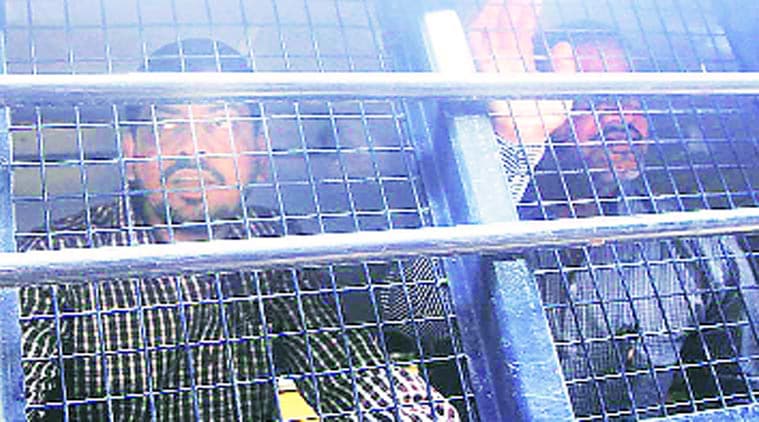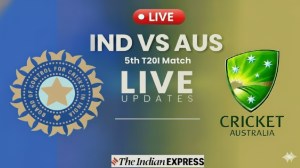Stay updated with the latest - Click here to follow us on Instagram
7/11 Verdict: RTI replies obtained by convicts dismissed as evidence
Using the RTI Act, the convicts had sought their call data records (CDRs) to prove they were nowhere near the crime scene on the day of the blasts. For the defence, the CDRs were one of their most crucial evidence.
 Among the instances where RTI applications per se were not used as primary evidence was the case of one prosecution witness who had seen the convicts keeping big black rexine bags on the luggage racks.
Among the instances where RTI applications per se were not used as primary evidence was the case of one prosecution witness who had seen the convicts keeping big black rexine bags on the luggage racks.The 1,785-odd Right to Information (RTI) applications that were filed by convicts in the serial train blasts case — primarily Ehtesham Siddiqui — eventually did not amount to much as Special Judge Y D Shinde, who presided over the trial, said these could not be used as evidence unless proved as per the provisions of the Evidence Act.
Using the RTI Act, the convicts had sought their call data records (CDRs) to prove they were nowhere near the crime scene on the day of the blasts. For the defence, the CDRs were one of their most crucial evidence.
Apart from this, Ehtesham Siddiqui questioned the credibility of two important prosecution witnesses who deposed that co-accused Faisal Shaikh’s house in Bandra was used for terror activities and that Siddiqui was present there at the time the bombs were assembled.
[related-post]
At one point in the judgment copy that runs into 1,839 pages, the special judge observes, “…the Public Information Officer (PIO) under the RTI Act only gives certified copies of the record that is available in his office. Such record may be based on hearsay material or may be sometimes on the basis of incorrect information provided to that office. The certified copy of such record, therefore, would at best establish the existence of the original in the office of the PIO. It will not however dispense with the proof of correctness of its contents, because there are several factors that may affect the correctness of the contents.”
Among the instances where RTI applications per se were not used as primary evidence was the case of one prosecution witness who had seen the convicts keeping big black rexine bags on the luggage racks. While the witness had said he had boarded the train as he was on his way to an ENT hospital where he was to meet a person named Baban Rankhambe, the reply to an RTI plea filed by the convicts at the BMC hospital said while there was no person by that name working there, a person called Baban Rongya Kamble did work there. While ruling that this could not be used to dismiss the testimony of the prosecution witness, the judge observed, “It appears that there is a strong probability that the witness may have stated the name Baban Rongya Kamble, but while taking it down, because of similar phonetics, it was mistakenly understood by all and dictated to the typist as ‘Baban Rankhambe’.”
At another point in the judgment, he elaborates, “To my mind, if certain information is given by a PIO in his letter in reply to an application seeking information, such information is given for the knowledge of the party seeking that information. Such information, to my mind, cannot be a substitute for an evidence and cannot be considered as evidence that is proved under the law. If such an information is required to be used as evidence of a particular fact it has to be proved as per the provisions of the Evidence Act.”
Concluding the part of the judgment titled ‘Documents obtained by the accused under the RTI Act and produced on record’, the special judge observes, “Such documents (obtained under RTI) if duly proved as per the provisions of the Indian Evidence Act can only be considered and referred to.”







